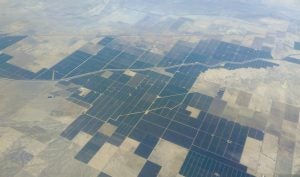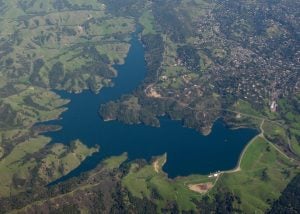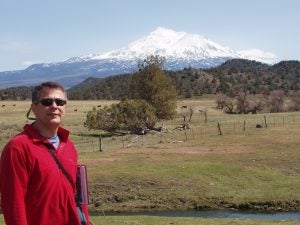
Author Ann Hayden next to her family farm’s water source
Stewardship of our land and water resources has always played a central role in my life.
I grew up “out in the country,” as we call it, on a-five acre “farm” in Yolo County, California – large enough for raising pigs and sheep, which my older brothers and I would show at the annual 4-H Fair in nearby Woodland.
Living in the Central Valley, we could always count on very hot, dry summers and occasional consecutive dry years, which inevitably were followed by years of heavy rains and even flooding. From a very young age, I understood how important it was to be smart about how we managed our water supply and the surrounding landscape for people, wildlife and the environment.












 As populations in Colorado and the West continue to grow, water is moving from farms to cities. The current practice of “buy and dry” in Colorado – buying farmland only for its water – is bad for farmers, bad for rural communities and bad for critical ecosystems across the state.
As populations in Colorado and the West continue to grow, water is moving from farms to cities. The current practice of “buy and dry” in Colorado – buying farmland only for its water – is bad for farmers, bad for rural communities and bad for critical ecosystems across the state.

